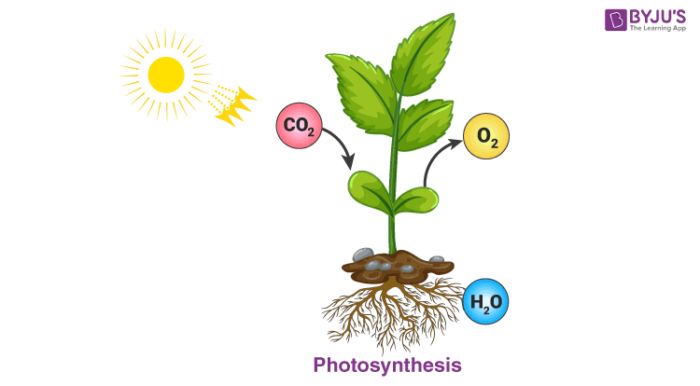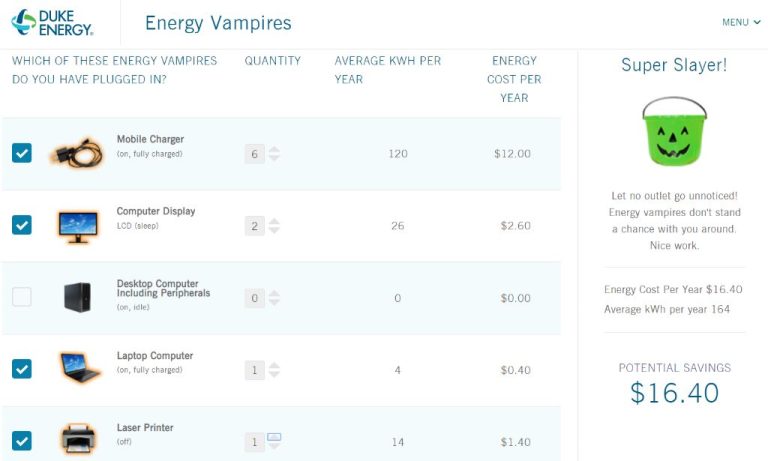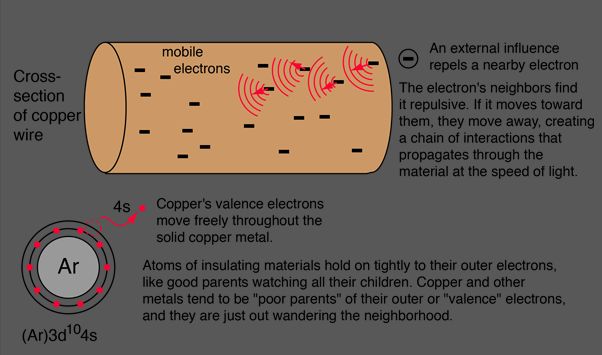What Does A Transmission Station Do?
Transmission stations play a critical role in broadcasting by transmitting radio, television, and data signals over the airwaves. They act as a bridge between studios, where content is produced, and the public, who receive the signals on their radios, televisions, smartphones, and other devices.
Transmission stations take audio and video feeds from studios and convert them into electromagnetic signals that can travel long distances. These stations use large antennas and high-power transmitters to broadcast the signals across a coverage area. Audiences within range of a station can tune their receivers to pick up the signal and enjoy the programming.
Without transmission stations, broadcasting as we know it would not be possible. These facilities allow information, entertainment, news, and other content to reach mass audiences wirelessly. Their technical capabilities and strategic locations make them a vital link in the broadcasting chain.
Convert Signals
Transmission stations receive audio and video signals from various sources such as studios, remote broadcasts, or cable feeds. These incoming signals cannot be transmitted directly and need to be converted into radio waves that can travel through the air to be picked up by receivers.
The conversion process starts with a device called a modulator inside the transmission station. The modulator takes the audio or video signal and combines it with a high frequency carrier wave generated locally within the transmission station.
There are two main methods used to combine the signal and carrier wave together in the modulation process:
- Amplitude Modulation (AM) – The strength or amplitude of the carrier wave is varied by the signal. This method is often used by AM radio stations.
- Frequency Modulation (FM) – The frequency of the carrier wave is shifted up and down according to the signal. This provides high fidelity sound and is widely used by FM radio and TV stations.
The modulation process embeds the signal onto the carrier wave so that the transmission station can broadcast it efficiently through the air. The original audio or video signal is now represented as changes in the amplitude or frequency of the outbound radio wave.
Modulate Signals
Transmission stations use modulation techniques to encode information onto carrier signals. The most common techniques include:
Amplitude Modulation (AM) – The amplitude or strength of the carrier signal is varied in proportion to the information signal. AM is commonly used for audio broadcasting in the radio frequency spectrum.
Frequency Modulation (FM) – The frequency of the carrier signal is varied based on the information signal. FM is less susceptible to interference and provides higher fidelity, making it well-suited for music broadcasting.
Phase Modulation (PM) – The phase angle of the carrier signal is varied to encode information. PM is often used for digital communications like wireless networking.
Quadrature Amplitude Modulation (QAM) – Both the amplitude and phase angle are modulated to achieve higher data rates. QAM is commonly used for digital TV and cable modem services.
The choice of modulation depends on the type of information being transmitted and the medium of transmission. Modulation enables multiple signals to share spectrum space and prevents interference between channels.
Amplify Signals
Transmission stations use powerful amplifiers to boost the strength of the modulated signal before broadcasting it. These specialized amplifiers take the relatively weak modulated signal from the modulators and increase its power significantly, often from just a few watts up to tens of thousands of watts.
This amplification is crucial for increasing the range of the broadcast. Without amplifiers, the transmitter would only be able to reach receivers within a close radius. But with amplification, the signal is strong enough to travel large distances and reach receivers many miles away.
There are different types of amplifiers used, depending on the power needs and transmission frequency. Vacuum tube amplifiers using large vacuum tubes were commonly used in the early days of radio and TV broadcasting. Transistor-based amplifiers are more often used today, employing banks of smaller transistors to provide amplification.
The amplification power can be staggering. For example, a 50,000-watt FM radio station amplifier boosts the signal from just a couple watts to 50,000 watts of power. This allows the station to broadcast up to about a 60 mile radius from the transmitter location.
Without this critical amplification function, radio and television broadcasts would only reach a tiny area. So this key component expands the coverage exponentially, taking a localized signal and enabling it to travel long distances to thousands or millions of receivers.
Transmit Signals
Once the signals have been modulated and amplified, they are ready to be transmitted. The transmission station will have either an antenna tower or a hardline cable connection to distribute the signals. An antenna tower converts the electrical signals into radio waves that can travel through the air to be picked up by receivers. The antenna is elevated at a high point to enable the waves to propagate over a wider area. For cable distribution, the signals are sent through underground or above-ground cables directly to end users.
The transmission system is designed to broadcast at specific frequencies, power levels and modulation parameters. This enables receivers and stations tuning in to pick up only the intended signals. The transmission equipment also needs sufficient linearity to avoid introducing distortion into the signals. Careful monitoring and calibration is required to maintain optimal transmission quality. The station may have backup transmission methods in case of equipment failure. Overall, the transmitters and antennas or cable network reliably carry the amplified signals to be distributed over the air or through cable lines to the public.
Power Supply
A reliable power supply is critical for keeping a transmission station on-air and operational. Transmission equipment requires a constant source of electricity to power amplifiers, transmitters, and other systems. Most stations have both a primary and backup power source to ensure continuous operation even if the main supply is disrupted.
For the main power supply, stations are often connected directly to the electrical grid. Large high-power stations may have access to medium or high-voltage lines to provide sufficient power. Smaller stations typically rely on standard commercial grade power.
For backup power, diesel generators are commonly used. These industrial generators can automatically start up within seconds if the main power fails. Large fuel tanks store enough diesel to keep the generators running for hours or days if needed. Uninterruptible power supplies (UPS) may also be used for short-term outages measured in minutes. Batteries provide power until the generators can start.
In remote locations, solar, wind, or hydro power may be used as the primary source of electricity if grid access is limited. These renewable sources typically require battery banks or other energy storage systems to provide continuous power when the sun isn’t shining or wind isn’t blowing.
Careful monitoring and maintenance of all power systems is necessary. If the transmission station loses power even briefly, it will go off-air which is usually highly undesirable. Redundant supplies and equipment ensure the station can continue operating if any component fails.
Monitoring
Transmission stations continuously monitor the quality of the signals they are transmitting. They use sophisticated monitoring equipment and software to track metrics like signal strength, noise levels, distortion, and overall quality. The monitoring system alerts station technicians if the signal quality drops below an acceptable threshold.
Monitoring helps quickly identify any issues that could impact broadcast quality. Common problems that may be detected include:
- Weak signal strength due to transmitter problems
- Interference from other radio frequency sources
- Noise or distortion being introduced into the system
- Equipment malfunctions
If an issue is detected, station staff can troubleshoot and resolve it promptly. They may make adjustments to transmission power, antennas, filters or other equipment to optimize signal quality. The monitoring system tracks these changes to ensure they have the desired effect and broadcast quality is restored.
Through ongoing monitoring and optimization, transmission stations deliver the best possible signal to their broadcast area and minimize interruptions to programming for listeners and viewers.
Maintenance
Keeping transmission equipment running properly requires regular maintenance and inspections. Technicians will perform routine tasks to ensure there are no failures or interruptions in service. Some of the key maintenance activities include:
– Inspecting antennas, transmission lines, waveguides, and other components for any signs of wear, corrosion, loose parts, or damage. Replacing any degraded parts as needed.
– Testing and calibrating transmitters, combiners, filters, amplifiers, and other active components to ensure they are operating within specifications.
– Cleaning and lubricating mechanical parts like cooling fans, motors, gears, and bearings.
– Checking voltage, current, and power levels. Monitoring for any fluctuations that could indicate a failing component.
– Running test signals through the transmission chain and analyzing the results to identify any issues before they lead to a failure.
– Replacing air filters, clearing air vents, and ensuring proper airflow to prevent overheating of sensitive electronics.
– Inspecting waveguides and transmission lines for any obstructions, moisture, or corrosive build up.
– Documenting all maintenance and replacement work performed on the transmitter.
Staying ahead of maintenance and promptly fixing any problems prevents disruptions in broadcasting. The engineering staff must establish and follow sound maintenance procedures to keep the transmission system humming.
Staffing
Running a transmission station requires a team of specialized staff to keep everything operating smoothly 24/7. The key staff positions at a typical transmission station include:
- Transmitter Engineers – Highly trained engineers who monitor the transmitters and ensure they are operating properly. They perform routine maintenance and repairs on the transmission equipment.
- IT Staff – Manage the computer systems that control the transmitters and monitor signal distribution. They maintain software and hardware for maximum uptime.
- Technicians – Assist the engineers with equipment installation, maintenance, and repairs. They have training in electronics and broadcast systems.
- Facility Staff – Handle physical upkeep of the buildings, towers, backup generators and other infrastructure elements.
- Management – Oversee staff scheduling, training, budgets and long-term planning. They ensure regulatory compliance and system upgrades.
- Administrative Staff – Provide clerical and office support to keep operations running smoothly.
Staff must be available around the clock to address any technical issues and maintain continuous operations. Teams work in shifts to provide 24/7 coverage. Staffing levels vary based on the number of signals being transmitted and diversity of equipment.
Conclusion
Transmission stations play a critical role in broadcasting by converting audio and video signals into radio waves that can be transmitted over the air. Their primary functions include:
- Converting signals from studios into a form that can be broadcast via radio waves.
- Modulating and encoding signals to adhere to broadcast standards.
- Amplifying signal strength so they can travel farther distances.
- Transmitting signals through antenna systems directed towards their coverage area.
- Providing reliable power to keep equipment running continuously.
- Monitoring broadcasts to ensure proper operation and signal quality.
- Maintaining equipment and infrastructure to prevent interruptions.
- Employing engineering, technical and support staff to operate the facility.
In summary, transmission stations enable audio and video content to be broadcast over the airwaves reliably, efficiently and with adequate power to reach intended audiences.




